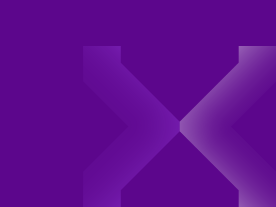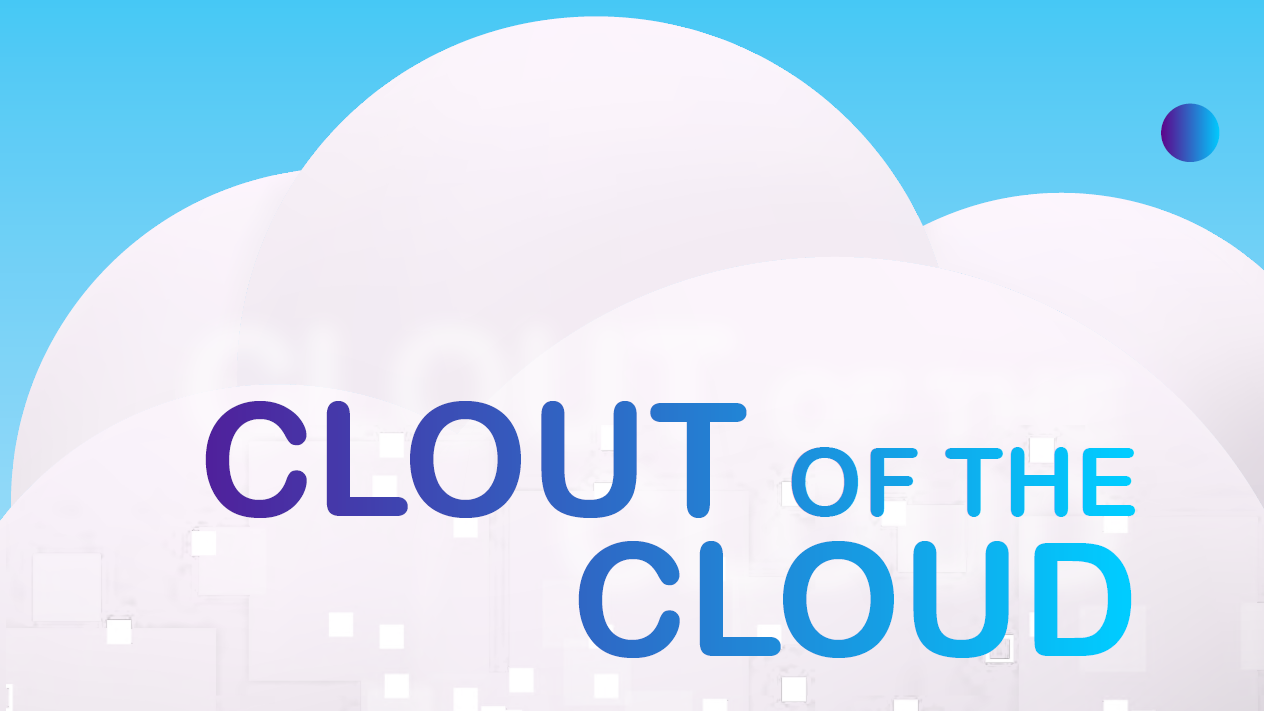
Watch related video: TechX Summit 2022 Panel Discussion: Cloud, Crisis and Citizens in need
I'm a big fan of the Marvel Cinematic Universe (MCU) series - if you don't know what the MCU is, you are probably from another universe (pun intended). In particular, my favourite film is Guardians of the Galaxy. There is this one scene in Infinity War when the Guardians met the Avengers and the conversation goes,
Star-Lord: " ... where is Gamora?"
Iron Man: "I'll do you one better, who is Gamora?"
Drax: "I'll do you one better. Why is Gamora?"
Humour aside, "why" is indeed the better question. "why" addresses the reason something exists and the problem it is trying to solve. But before we answer "Why cloud computing?", let's first answer: “What is cloud computing?”.
What is Cloud Computing?
The layman's explanation of cloud computing is this: Instead of using a personal computer to store information and perform computations locally, we can use a large data centre elsewhere – ‘the cloud’ – to do it for us.
‘The cloud’ actually refers to servers that can be accessed by various computing devices, such as laptops or mobile phones. Cloud servers are located in physical data centres all over the world. Singapore has about 60 of these data centres, owned by various cloud service providers.
When individuals and companies use cloud services, they can store data and run applications remotely on these servers, without having to manage or maintain the physical servers themselves.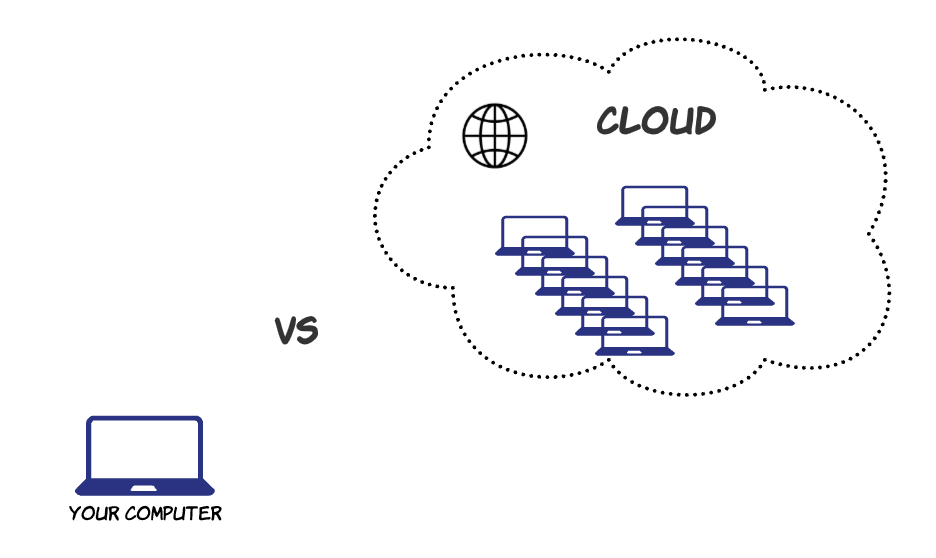 Many of us encounter cloud computing in our daily digital lives. In fact, our entire mobile experience today depends on our data being stored in the cloud.
Many of us encounter cloud computing in our daily digital lives. In fact, our entire mobile experience today depends on our data being stored in the cloud.
When we run out of storage space on our 32-gigabyte phones, we turn to iCloud or Dropbox to store our family photos.
When we get uncanny recommendations in our favourite e-commerce app, that’s because the e-commerce company used cloud computing to analyse our data in order to send us customised suggestions.
When we use a navigational app to go from one place to another, the maps will always be updated in real-time, thanks to cloud computing.

Why Cloud Computing?
In the 1990s and early 2000s, computer hardware became cheaper and more accessible, which led to many individuals and organizations obtaining personal computers and server hardware. But, as the demand for more and more processing power increases, problems started to arise with localised hardware:
- Hardware infrastructures were often underutilised
- Organisations lacked the elasticity to support the dynamic surge and shrink of demands
- Over time, owning disparate hardware with different capabilities and lifespans became messy to manage
- Fault lines were created between hardware operations engineers and software developers. Operations engineers needed certainty to procure hardware, but developers cannot confirm what the hardware demands would be until the software is operational.
We needed an agile solution to counter the rigidity of local hardware.
Here Comes the Cloud
Many attribute modern cloud computing to Amazon Web Services (AWS), a spin-off from Amazon’s core e-commerce business. Amazon, hampered by their traditional infrastructure, was struggling to support the applications that their developer teams were rapidly churning out. Thus, Amazon went on to transform its infrastructure into a service that was reliable, scalable and cost-effective.
But they did not stop there. Amazon then turned this solution into a business by allowing other developers to consume its new infrastructure as a service. This became ‘the cloud’ as we know it today, with the following characteristics:
| On-demand self-service | Software developers can now provision their own infrastructure without friction from hardware operations engineers. |
| Broad network access | The cloud’s services can be accessed from any internet-connected device |
| Resource pooling | Different clients can share a common pool of computing and storage resources, creating economies of scale. |
| Rapid Elasticity | Resource availability can be automatically increased or decreased to according to the customer’s demand. |
| Measured service | Resource usage can be monitored, controlled, and reported, providing transparency for both the provider and consumer of the cloud service. |
Cloud, Customised to Our Needs
Following in the footsteps of AWS, other big tech companies like Microsoft and Google have also built their own data centres and allowed other individuals and organisations to consume their cloud services. Broadly speaking, cloud services can be grouped into 3 service models:
- Infrastructure as a Service (IaaS): Customers are provided with the capability to provision processing, storage, networks, and other fundamental computing resources to run their software on top. E.g., Virtual Machines, AWS.
- Platform as a Service (PaaS): Customers don't even need to provision the underlying computing resources, but just need to deploy the application. E.g., Google App Engine, Windows Azure.
- Software as a Service (SaaS): Customers just need to access the application via the internet. E.g., Gmail, Dropbox, and Office 365.
These different cloud service models allow us to customise the level of service we need for our projects.
The services are immediately available to everyone globally, will automatically scale up and down based on our demands, and we only have to pay for what we consumed! Through simple clicks on the cloud service provider’s portal, we can launch our IT services in the cloud within minutes.
No more long lead times buying and installing hardware; developers can just focus on building apps - we love it!
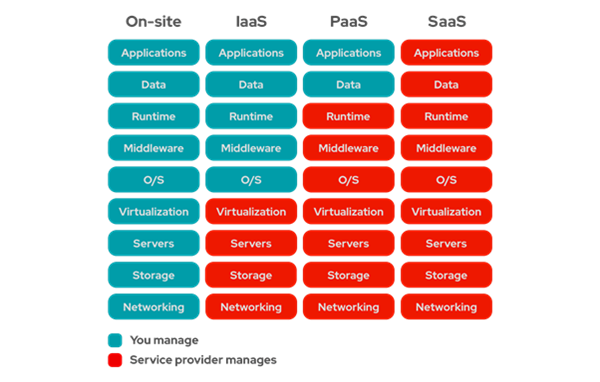
Here’s what these models would look like, if the service provided was pizza instead of IT.
Cloud, the Inevitable
Today, the majority of the digital tools we need for productivity, collaboration, publishing, and creativity are offered as SaaS with a subscription model.
Many Artificial Intelligence (AI) capabilities, whether it is for voice commands, chatbots, text-to-speech, computer vision, content creation, etc are also offered as SaaS, leveraging on the massive data stores in the cloud to constantly improve their algorithm.
The number of services that cloud service providers add to their arsenal increases daily – be it for AI, Machine Learning, Internet of Things, Augmented and Mixed Reality, Robotics, Quantum Computing, Gaming, Media, cybersecurity, and 5G.
That means the barrier to entry is removed for anyone (individuals, startups, or large organisations) who wants to build solutions based on these cool technologies.
Stormy Skies
However, as the capabilities of the cloud providers continue to grow, so will our dependency on the cloud.
Something that we should be cognisant of is that the cloud is still a shared resource. Since many companies can share the same data centre for their cloud computing needs, there is a security risk when these data centres become compromised.
To minimise these risks, organisations and individuals must not put all their eggs in one basket and rely on a single cloud provider entirely for all their computing needs. Adopting a security-by-design principle would also help to mitigate any potential vulnerabilities of the cloud.
The Sky’s the Limit
The Singapore Government is adopting cloud computing to accelerate our digitisation and digital transformation efforts. The Government on Commercial Cloud will provide the agility needed to build modern applications that can leverage the latest technology to support our rapidly evolving operational needs, for example, applications needed to support Covid-19 operations.
On HTX’s end, we are enabling our Home Team to move our apps into the cloud as part of our Cloud Transformation initiatives. One way is to collaborate with industry to create a sovereign cloud solution that will enable the Home Team to reap benefits such as the rapid deployment of digital solutions, provision of applications with sophisticated AI and Machine Learning capabilities, and an increase in the storage space for shared data. And at the same time, ensure that our data centres maintain a high level of security.
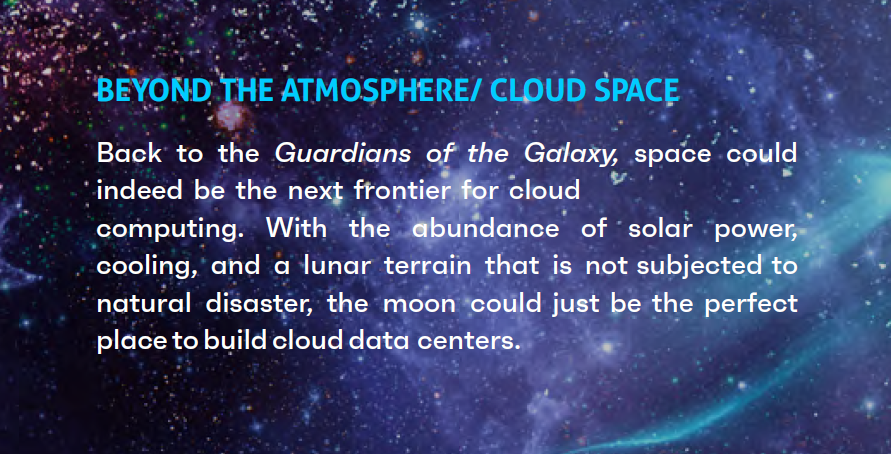
All images from HTX.
At HTX’s inaugural TechX Summit 2022, we had the opportunity to discuss more about how digital transformation and cloud technology are enabling innovative ways for the public sector with Vishal Parpia, co-founder of CloudCover; Kirk Arthur, Senior Director (Worldwide Public Safety and Justice) from Microsoft; and Sunil Madhugiri, Chief Technology Officer from the U.S. Customs and Border Protection. Watch the panel discussion on Cloud, Crisis and Citizens in need below!

